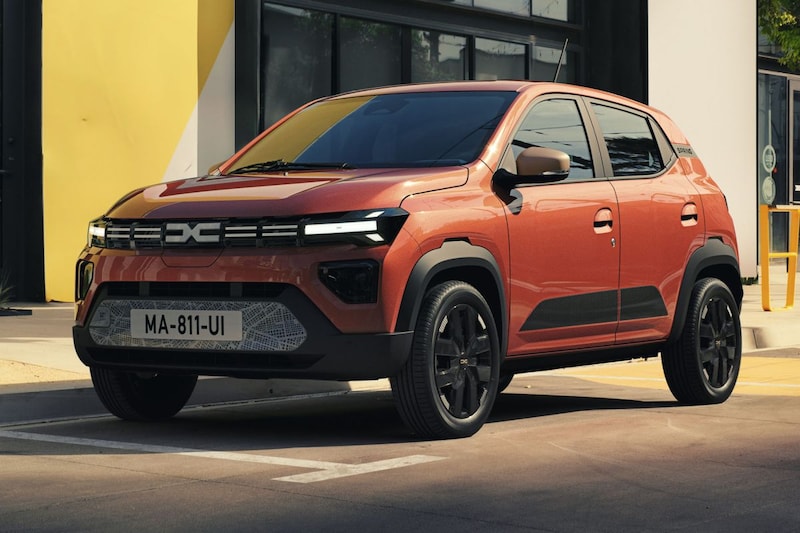Purely the essentials


Huge batteries and multiple screens: electric cars are often a collection of superlatives on wheels. Dacia would like to do things completely differently, especially because the price tag of EVs is a stumbling block for many people.
With the Spring, Dacia has already shown that you can drive an electric car quite well for a relatively low price. That may appeal to some people, but the next electric Dacia will have to wait a while. Dacia is of course looking with interest at what is coming out of parent company Renault: “Renault is already going electric at quite a rapid pace. The role for Dacia is to bring that technology to the market when the Dacia market is ready for it, at the price level we are used to.” That may take some time, emphasizes Patrice Lévy-Bencheton, VP Dacia Product Performance, in conversation with AutoWeek. The next electric Dacia we can expect is an electric new Sandero. Logically, this will only appear after the current Sandero leaves the field. There is a good chance that it will be a technical cousin of the brand new Renault 5.
There is also a good chance that Dacia is mainly interested in the more modest technology of the R5. Lévy-Bencheton: “Electric cars are now even more expensive than fuel cars. You still need large batteries to have the same degree of freedom of movement. You sometimes see batteries with more than 100 kWh capacity, which entails enormous costs. We must stick to the essentials. The Spring, for example, weighs less than a ton and needs a small battery, which weighs less than 190 kilos. We see that this is also enough for the customer, because he travels an average of 37 km per day. The expectations in the B-segment will not be the same, so we still have to fine-tune how big the battery should be. That depends on what the customers actually need.”
The latter is important: Dacia certainly does not go for a relatively large range, but rather for what seems sufficient in practice. “We are not chasing the latest technology, we simply offer the essentials that customers are looking for,” says Lévy-Bencheton. According to him, this approach is clearly reflected in the equipment and this will logically be no different for a new EV. “Look for example to the Duster Essential, which has a ‘bring your own devicemedia system has. You connect your smartphone to your car and then you have access to all data coming from the car and you can use your navigation and radio from your phone. All we offer is connectivity and a holder so that your phone still sits in your dashboard as a multimedia system. There is a kind of hunt going on for larger screens, multiple screens, sometimes four or five. Then you can watch TV, for example, but the primary purpose of a car is that you can propel yourself with it.”
– Thanks for information from Autoweek.nl




